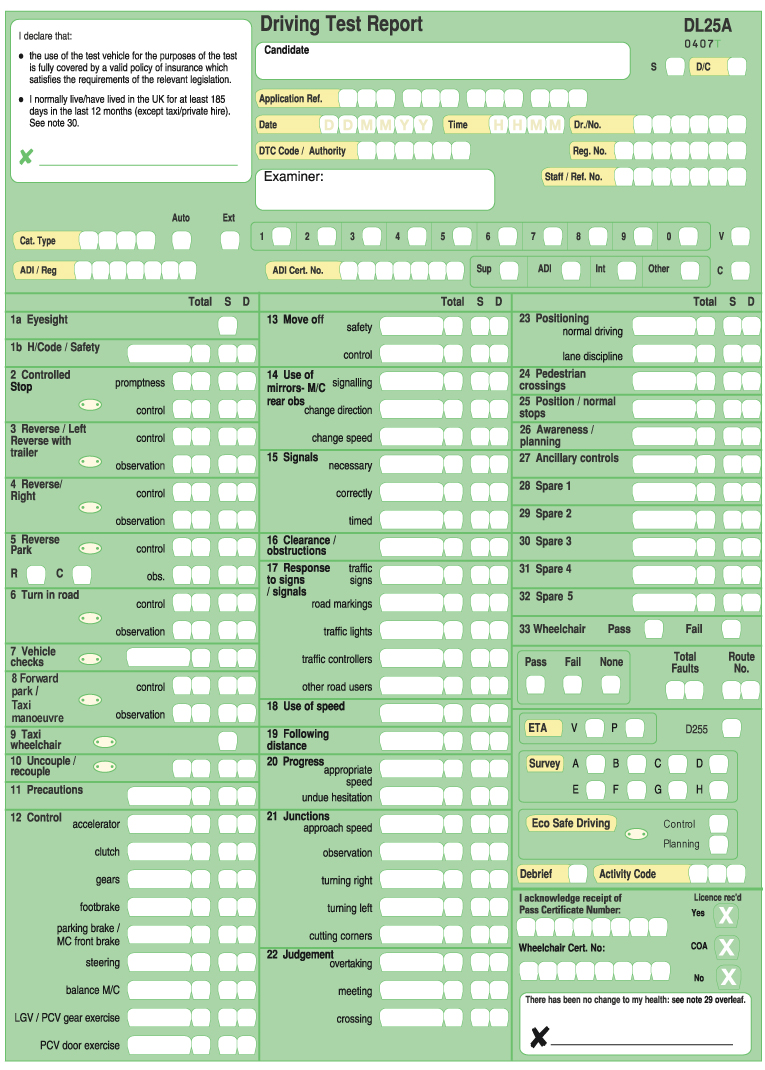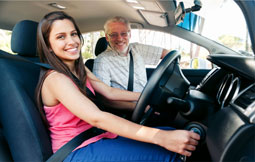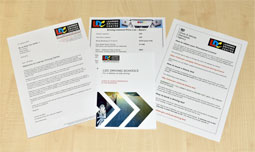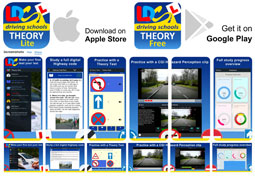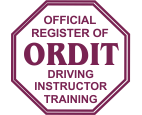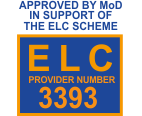The driving test marking system
During the practical test the examiner will note any driving faults on the driving test report form (DL25). The driving faults are categorised into minor, serious and dangerous and are recorded against the appropriate headings shown below. Each fault is denoted by a slash ‘/’ in the appropriate box. At the end of the test the examiner will total up the number of minor driving faults under each heading and overall.
If you commit 16 or more minor driving faults you will unfortunately fail the driving test. If you commit one or more serious or dangerous driving faults you will also fail the test. Even if you feel you have failed the test you should continue to try, as the test will help you to identify where you need more practise.
The degree of seriousness of each individual fault will be totally dependent on the prevailing conditions at the time. When other road users are affected, a minor fault can immediately become a serious one. Dangerous faults will only be recorded when either the driving examiner or another road user has been forced to take evasive action to avoid danger.
Below you will find an interactive version of the driving test marking sheet please roll over the section you are interested in and then click to select. You will then be able to find out exactly what the examiner is looking for in this regard and the common errors that can occur on test. This is a great tool to find out precisely how you will be marked on the driving test or to find out why the examiner failed you on any particular point.
Free interactive driving test marking report
